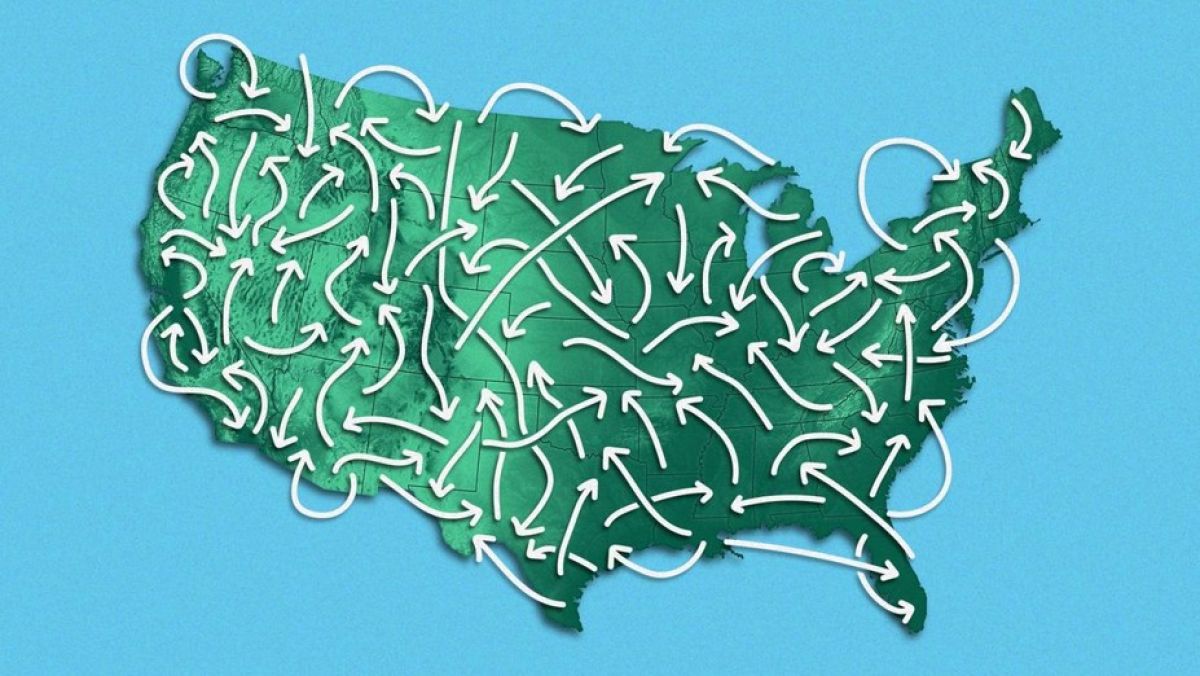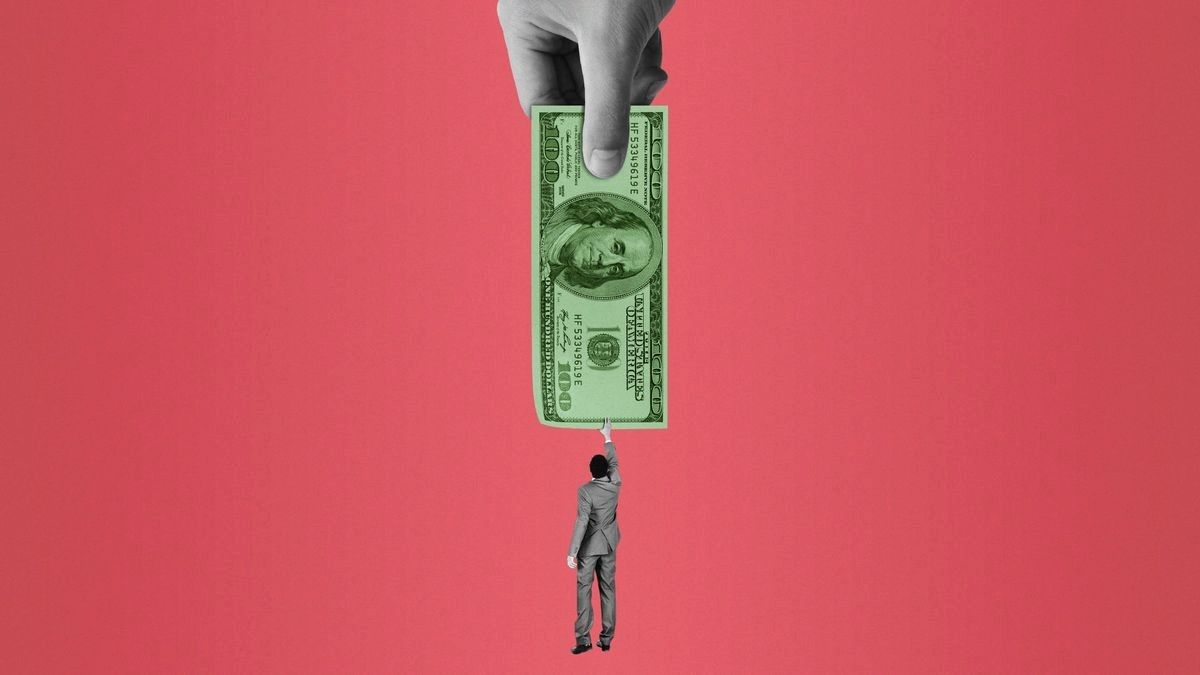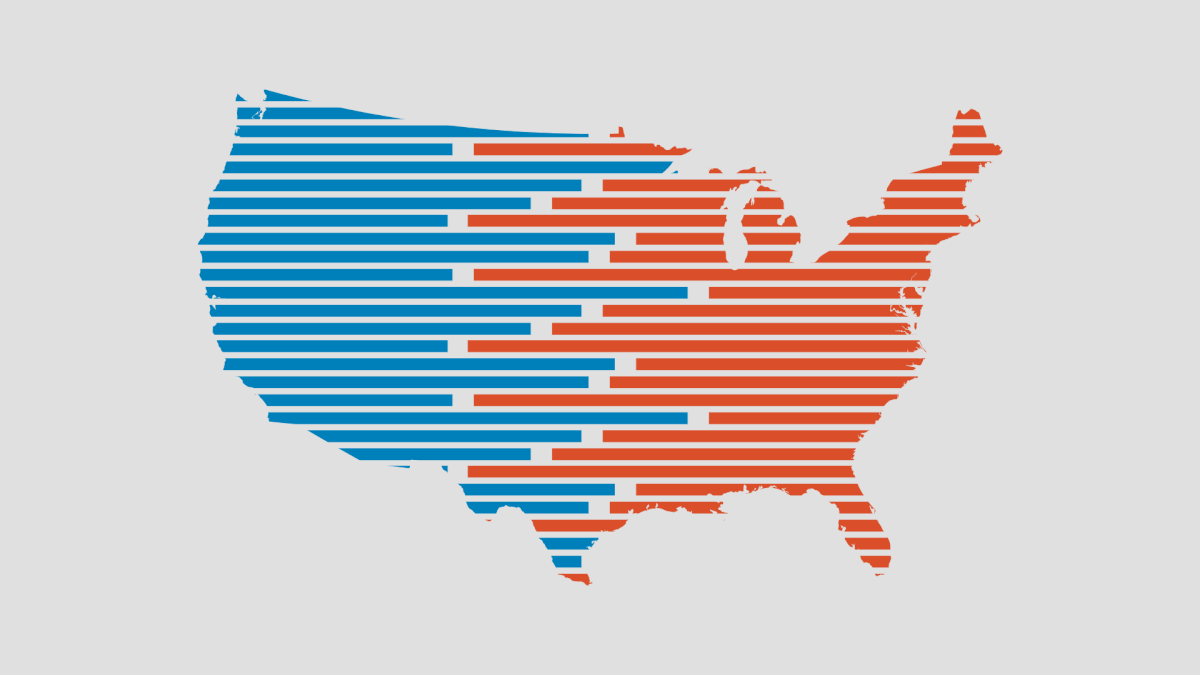Business Practices, eNews
Navigating credit trends across sectors

After a period of strong growth in late 2023 and early 2024, the U.S. economy has shown signs of slowing. Gross domestic product (GDP) declined by 0.5% in Q1 2025, raising concerns about the country’s economic resiliency. Inflation rose to 2.7% year-over-year in June, up from 2.4%, while unemployment has remained stable between 4.0% and 4.2% since May 2024, according to the U.S. Bureau of Labor Statistics. Ongoing geopolitical tensions and regulatory changes continue to add uncertainty to the broader macroeconomic outlook.
Why it matters: The evolving economy affects businesses differently, with some sectors being more vulnerable than others. Credit professionals who closely monitor trends in both their own industry and that of their customers’ are better positioned to manage risk.
Recent macroeconomic pressures are playing out across multiple sectors, each facing its own set of credit-related challenges. “Across industries, businesses are experiencing lower sales and inflationary pressures, which are directly impacting their cash flow,” said Alfredo Puerta, ICCE, director of credit Latin America at Osterman & Company, Inc. (Cheshire, CT), during an NACM webinar, Navigating Credit Trends Across Sectors. “As a result, they’re increasing their credit utilization, requesting extended terms, delaying payment or not paying at all.”
In the manufacturing sector, uncertainty around tariffs and rising costs have led some customers to stockpile inventory and request extended payment terms. Meanwhile, some growing companies are asking suppliers for more flexibility. “Some companies are switching facilities or expanding unexpectedly, which creates cash flow issues and thus, impacts their ability to pay on time,” Puerta said.
Exporters are experiencing continued shipment delays as overwhelmed ports add pressure to an already strained supply chain. “Some companies are even exploring alternative shipping methods just to get better pricing,” said Puerta. “And that’s adding to delays in manufacturing and retail alike. The delays and extensions mean more exposure and more time spent on collections.”
The retail sector is facing a decline in consumer spending, inflationary pressures and a rise in delinquencies. “They’re not moving products as quickly and need help managing cash flow,” Puerta said. As a result, more companies are asking for extended payment terms. To stay competitive and drive sales, many businesses are now offering more credit, even if credit is not a core part of their operations. “Customers are asking for 60-day terms because they’re also selling on credit.”
Outside of manufacturing and retail, other industries are also being shaped by these credit and economic forces. Sectors like agriculture and commercial real estate (CRE) are experiencing mixed effects, with developers performing well, but high interest rates are discouraging homebuyers, affecting lending decisions.
How can credit managers manage risk?
The cumulative effect of extended terms, slower collections and higher delinquency rates is forcing credit professionals to monitor new layers of risk. Credit professionals are paying close attention to payment behavior, cash flow and sector-specific trends. “If your customer is a manufacturing company facing rising prices and shipment delays, you probably don’t want to renew their credit line under the same terms as before,” Puerta said. “It would be best to take a more cautious approach, potentially reducing the credit line or reevaluating the terms based on the current market conditions.”
To strengthen credit risk assessments, credit managers are turning to technologies, such as artificial intelligence (AI) and machine learning. These tools support automation in credit scoring, risk prediction models and fraud detection. “AI provides more efficient prediction models, segment identification and data analysis, that are becoming a competitive advantage in sectors such as healthcare, manufacturing and of course, retail,” Puerta said. While efficient, AI also brings risks, such as misinformation or synthetic identity fraud. “For instance, AI could impersonate a third party in a credit application,” Puerta said. To mitigate risk, credit professionals exercise caution in their use of AI by enhancing human oversight and utilizing risk management tools.
Regulatory and compliance concerns are also growing, especially for international trade creditors. In Latin America and Europe, for instance, stricter local regulations require more thorough stakeholder vetting, leading to denials or credit restrictions in certain countries. “As the U.S. government continues to expand denied party lists, credit professionals are ensuring their customers remain compliant with these shifting regulations,” Puerta said.
Environmental, social and governance (ESG) factors are gaining traction as key risk considerations. According to an NOAA report, climate losses reached $1 billion between 1984 and 2024. “A recent shift in policies is making it more difficult for companies and consumers alike to get coverage or any other sort of protection that could alleviate the impact of climate changes,” Puerta said. “Recent budget restrictions and cuts will make weather forecasting more difficult, thus, to compensate, companies need to make additional investments to protect themselves from the growing climate impact.”
The bottom line: In today’s economic environment, businesses are navigating heightened layers of risk. By paying close attention to sector-specific credit trends, credit professionals can proactively identify risks and uncover new opportunities for growth for their company. In addition, they can strengthen risk management practices and their relationships with customers.





